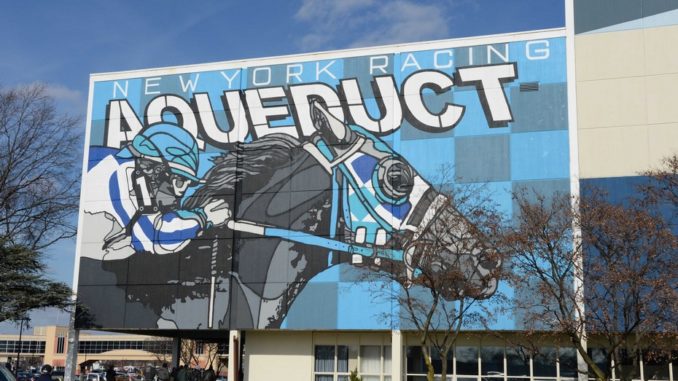
New York racing certainly has a hold on defining seasons. Just as Saratoga signals summer, the return to inner dirt racing at Aqueduct is a harbinger of winter (with the Aqueduct–>Belmont Park transition a sign of spring and Belmont–>Aqueduct an autumn bellwether).
For my style of play, I actually prefer the inner meet at Aqueduct to Saratoga because there is less variance, and by “my style of play” I’m not referring to some deeper level of thinking but more that I’m an action junkie who wants to play every race he took the time to handicap.
That’s not to say the racing on the inner track isn’t competitive—it is, but there’s a good mix of favorites to lean on and horses to try to beat.
POST POSITIONS
Speed and the rail certainly does well on the inner track. The rail wins 18% going six furlongs and 20%+ in two-turn races with positive impact values for both (meaning the rail wins more than the odds indicate it should).
Posts 8+ have a win percentage of just 8% in sprints and 6% in routes.
RUNNING STYLE
As far as running style goes, “E” types are best, but not so much so that you can only rely on who will get the lead to make your picks. “E/P” and “P” types are both OK. “S” types (i.e. deep closers) truly need to be superlative to take at low prices.
In the last 464 sprints on the inner track, 54% of eventual winners have been in first or second place at the first call while 49% of all eventual winners were on or within one length of the lead. Those numbers balloon to 64% & 63%, respectively, in those categories at the second call, and an incredible 84% of all winners are on or within a length of the lead at the eighth pole.
In 381 routes, 39% are first or second at the first call with 37% on or within a length of the lead. Those numbers increase to 90% and 88%, respectively, at the eighth pole, which is even more than in sprints and indicative that moves on the backstretch or far turn are more beneficial in routes than a deep closing move is.

